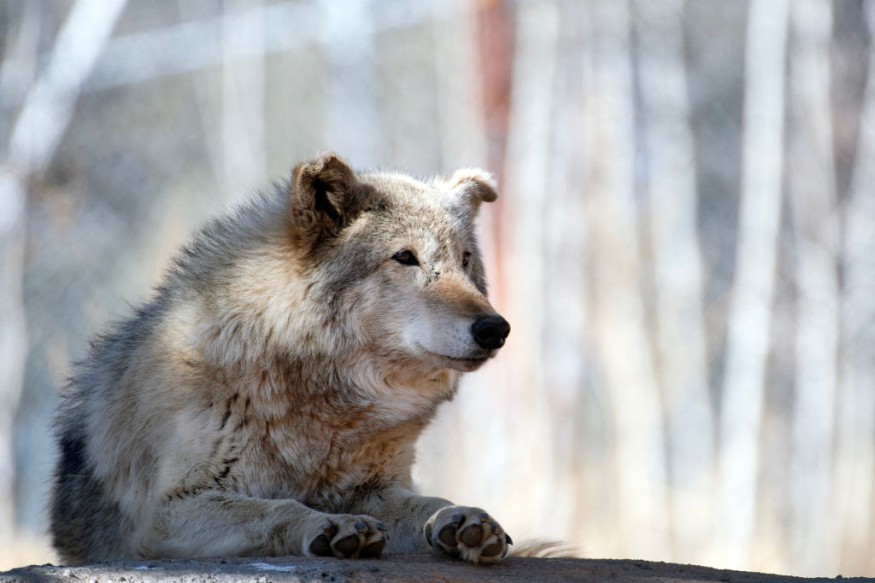The reintroduction of gray wolves in Colorado will protect the vegetation and environment in the region. As apex predators, it will help to avoid the overpopulation of prey species.
Authorities have been working together to protect and reproduce the population of gray wolves in Colorado. The decline in the wolf population can have devastating impacts on wildlife. The region's habitat has been suitable for living for the gray wolves due to the large vegetation and the emergence of prey species.
US Gray Wolves in Colorado

Researchers believe that the reintroduction of wolves can maintain the population of many species in the area. According to the report, the wolves are native to Colorado. However, the animal has suffered from population decline due to the following:
- Poisoning
- Shooting
- Habitat destruction
- Vehicle impacts or collisions
- Hunting
- Trapping
The wolves are considered endangered in the US due to the decline in numbers. They are not allowed to be harmed or killed. With the 24 million acres of land, it will support the reintroduction of wolf restoration in the region, especially since the land is abundant in prey.
Furthermore, the conservation efforts protect the wolves from decline and sustain their population. Researchers monitor the wolf population and check their packs and status.
Recent news in December showed that the 10 gray wolves from Oregon were released in Colorado state. Experts also supported the reintroduction of wolves to restore the endangered population.
The dense vegetation will be helpful with other species, including bird species and beavers that can help improve water levels and prevent wildfires.
Furthermore, the reintroduction plans can save the decline of species and the brink of extinction, especially the gray wolves. By mid-March, the recent report showed that 15 wolves are also expected to be reintroduced.
More Facts About Gray Wolves
According to the National Wildlife Federation, gray wolves also called timber wolves can be recognized by their long bushy tails. The wolf population is found in the following areas:
- Western Montana
- Northern Idaho
- Northeast
- Northern Wisconsin
- Alaska
- Oregon
Wolves are known to move like packs, with up to nine members. They are connected with domesticated dogs. They can survive in different environments to live and look for potential prey.
The wolf population consumes different diets, such as moose, elk, bison and other smaller mammals. In terms of communication, the animals can hunt as a team and communicate using their growls, scents and howls.
Related Article : EU Proposes to Downgrade Wolves Protection Status to 'Protected' as Their Population Doubles in Europe
For more similar stories, don't forget to follow Nature World News.
© 2025 NatureWorldNews.com All rights reserved. Do not reproduce without permission.





